Zero Waste Cleaning Guide: DIYS, Products + Tools
List of sections:
1. Why is zero waste cleaning important?
2. How can I create a zero waste cleaning routine?
3. Zero waste cleaning tools
4. Zero waste cleaning DIYs
5. Zero waste cleaning products
____________________________
Why is zero waste cleaning important?
So many cleaning products are packaged in plastic – and designed for landfill. Items like bleach, lysol, dish soap, and so much more come in plastic bottles not meant for reuse. They’re designed to make you spend more and discard the bottle once it’s empty.
Worse yet, conventional products often contain harmful chemicals that can cause allergies short term, along with worse health problems over time. Ever wonder why there are ‘warning’ signs on a lot of cleaning products? That shouldn’t even have to be a thing, but it makes sense – there’s a lot of harsh chemicals in these products.
Bleach is a perfect example. Try smelling bleach for prolonged periods of time – I don’t recommend you do, but it will certainly have adverse effects. I have a friend who was forced to and she had a terrible sore throat and cough for a little over a week.
It’s not surprising considering many cleaners, disinfectants and air fresheners contain volatile organic compounds (VOCs), which are emitted into the air and harmful to our health. They’re so bad, in fact, they can even cause cancer. Is this what we want to ‘clean house’ with?
Not to mention the ingredients in these products are harmful to the environment. As if the plastic waste wasn’t bad enough, you certainly don’t want these products going down the drain. Chemicals found in cleaning supplies harm waterways and ecosystems – nitrogen, phosphorus and ammonia are specifically dangerous water contaminants.
While most pollutants are removed from the water in water treatment facilities before returning to waterways, nitrogen, phosphorus and ammonia tend to slip right through. When they slip through, they build up and cause accelerated growth of plant life which leads to dense vegetation that clogs waterways, crowding other marine plants and animal life. Algae can start to grow, which causes animals to die off. The water no longer becomes suitable for drinking, cooking or bathing.
This is why we must, when possible, do our best to avoid conventional cleaning products. Especially those with harsh chemicals!
How can I create a zero waste cleaning routine?
Having a zero waste cleaning routine doesn’t have to be hard. It also doesn’t have to look perfect either. It’s totally okay if you have some plastic tools and products, as long as you’re still getting use out of them. For example, I still have a Swiffer – but I’ve made it a reusable, sustainable cleaning tool thanks to Turbo Mops (more on that later). Sometimes it just calls for getting a little creative.
I just want to say if you’re considering buying any of the items I list, please use the products you already have on hand as long as possible. If any object breaks, but is repairable, seek to mend it first before throwing it out and replacing it.
And, remember – don’t feel pressured to buy a whole new cleaning arsenal. The most unsustainable thing you can do is toss all your products in the garbage just to replace them with ‘eco alternatives.’ Don’t do that. Use up what you have, then replace it when you’re ready or it runs out.
And, if you’re tight on cash, not to worry – you can make a lot of DIYs for cheap which I list and share with you in this post. I recommend trying to find the ingredients to my DIYs as package free as possible in bulk bins. If you don’t have access to bulk bins, here’s how to find the ingredients without bulk options.
Zero waste cleaning tools
If you have a Swiffer Sweeper, Turbo Mops also makes reusable pads for that as well. They’re designed to snuggly wrap around Swiffer Sweepers and strap together with connecting straps. You can check them out here.
You can count on Turbo Mops microfiber pads because they’re extra thick and offer better absorption when wet mopping and better dust and dirt trapping when dry. It also picks up pet hair effectively!
If you’re savvy enough, you can also pop off the cap of your swiffer cleaning solution and fill it with some homemade cleaning solution – that way it’s reusable and nontoxic. I like to use 1 cup of water, 1 cup of vinegar and a few drops of castile soap. Or, you could try adding this floor cleaner.
Swiffer makes the cap hard to remove on purpose, but all you need to get it off is to boil some water, remove it from heat, take your empty Swiffer cleaning solution bottle, invert it and put the cap in the water for 90 seconds. Then, take it out, get a rag and unscrew the top – the cap should pop right off. Then you can fill it with your homemade cleaning solution!
Be sure to check out Turbo Mops if you still have a Swiffer in good condition too. No use tossing it just because it’s made from plastic if it works!
Unpaper towels
I really love these unpaper towels from Tiny Yellow Bunaglow – they’re great for cleaning small little spills, wiping my hands, drying dishes, etc. You can just use rags in their place, but I like to have a stash of unpaper towels around too. They’re super handy and so cute.
Zero waste cleaning DIYs
If you can use empty marina sauce jars, or emptied out old spray bottles to house these recipes, that’s even better! No need to buy anything new unless you absolutely have to. If you must purchase a spray bottle for one of the recipe, I recommend this one – it will ship in plastic free packaging and it’s made of glass.
My favorite all purpose cleaner. It’s such a great way to give orange peels a second life! You can also use lemons or lime if you have those on hand – or do a mix! It will smell amazing, but better yet, it’ll get the job done. You can use it on almost any surface and it works wonders. If you need a spray bottle, I recommend this one. Check out the full DIY here.
Lavender vinegar cleaner
Disinfectant spray
If you’re in need of truly disinfecting a surface, look no further than this disinfectant spray. We use it on everything from doorknobs to packages. It will kill coronavirus too! Check out the full DIY here.
Floor cleaner
If you have wooden floors or tile, give this floor cleaner a shot. It’s so simple to whip up and does a pretty good job – no vinegar needed, so it won’t smell either. Check out the full DIY here.
You can DIY your own dish soap so easily! This works best when paired with reusable dish cloths (they’re compostable at the end of their life). This liquid dish soap really cuts through the grease, without the harsh chemicals. Check out the full DIY here.
These toilet cleaner fizzies are so much fun to make, and even more fun to use. They’re basically like a bath bomb for your toilet. Plop one in, watch it fizz, then scrub away using your handy dandy toilet brush. Done. Check out the full DIY here.
Tub + sink cleaner
This amazing DIY tub + sink cleaner is a soft scrub that cuts through so much grime. I’ve used it to clean the stove, stubborn grease on pans, and get out tea stains on my mugs as well. It’s super versatile and you’ll be amazed at how your sink and tub sparkle after using this stuff on it. Who knew baking soda, castile soap, water and essential oils could do so much? Check out the full DIY here.
If you’re not in the mood to hand wash dishes, this dishwasher detergent will do the work for you. Just add it into your dishwasher like you normally would and let it do its thing from there. My dishes always come out so spotless afterwards. Check out the full DIY here.
Liquid laundry detergent
If you’re into liquid laundry detergent, this DIY will make you a whole bunch load. It starts off as gel but liquefies rather nicely so you’ll get a lot from it. Check out the full DIY here.
Powder detergent
Prefer powder detergent? This was one of the first DIYs I ever made on the blog so it holds a special place in my heart. It also works amazing! I really love using it for hand washing my dedicates in the sink too. Check out the full DIY here.
This air freshener lives in my bathroom. My parents demand I make it all the time, they love it so much. It’s so easy to make, and it smells way more pleasant than conventional air freshener (which tends to bring on sneezing and coughing fits for me). Check out the full DIY here.
Produce wash
You gotta clean your produce too! This produce wash is only one ingredient and makes all the difference. Check out the full DIY here.
Wool dryer balls
These wool dryer balls are amazing for cutting drying time down and acting as a natural fabric softener. If you’re talented enough, or have free time, you can definitely try making your own. I’m not, so I love these Smart Sheep dryer balls.
Stain remover stick
Huge fan of this stain remover stick because lets face it, stains are annoying. I prefer relying on an actual stain stick – I’ve tried DIY stain removers and they don’t often work for me. I love this one from Ethique.
Dish soap block
I love pairing this dish soap block with my wooden dish brush – it’s honestly a lot of fun to do dishes with it. It works amazing and I love how it lathers up. It’s also unscented and fragrance free, so it’s a great option for those who are extremely sensitive to scents. I keep it on this bamboo soap dish.
Ready to get cleaning?
So, I hope this guide helps you realize low waste cleaning is absolutely attainable. And remember, don’t feel pressured to run out and buy all these things at once. In fact, hold off unless you absolutely need something ASAP.
Keep all your tools until they break – and even then try to repair it. Once you can’t repair them any more, replace them with something better – perhaps something on this list.
Make a goal to slowly transition at your own pace. You don’t need to change everything all at once. Budget it out if you have to. The cool part about most of the DIYs I list is that you only need a few select ingredients for them – and once you have them, you can make almost all of the DIYs at once.
Remember that any swap is better than no swap. They all add up! Imagine if all of us simply swapped out our dish soap for something non-toxic, what a difference that would make. So never underestimate the power of individual action!
What did you think of this zero waste cleaning guide?
For more cleaning tips, be sure to check out my zero waste spring cleaning tips.
If you enjoyed this post, be sure to share it! If you like my content, sign up for my newsletter to get notified every time I write a new blog post. To support me even further, please consider buying me a cup of tea to help support my blog.

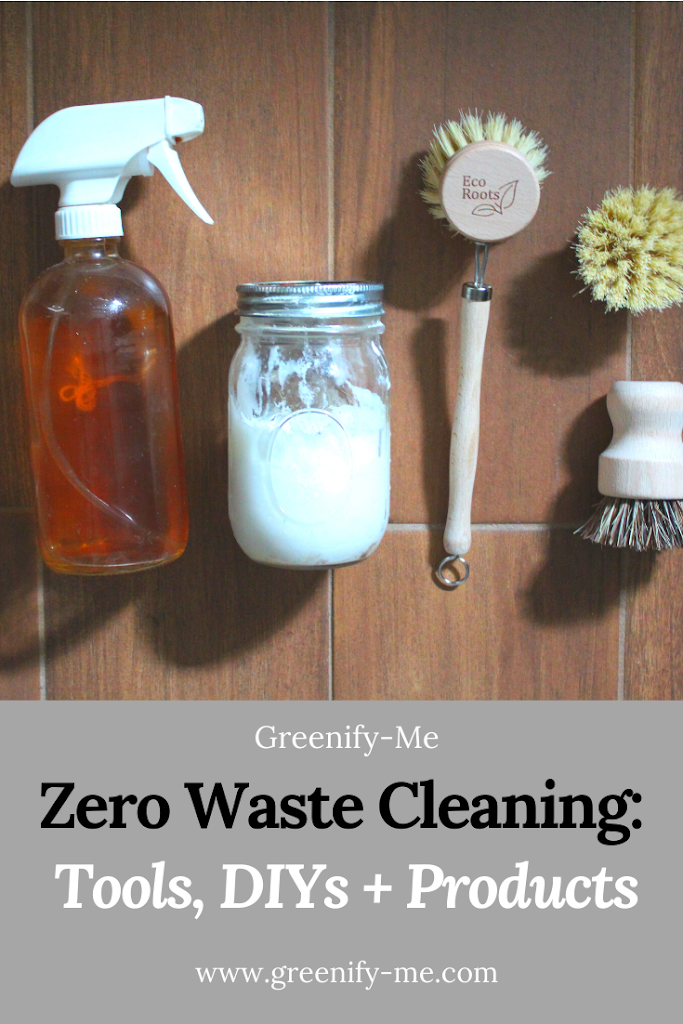






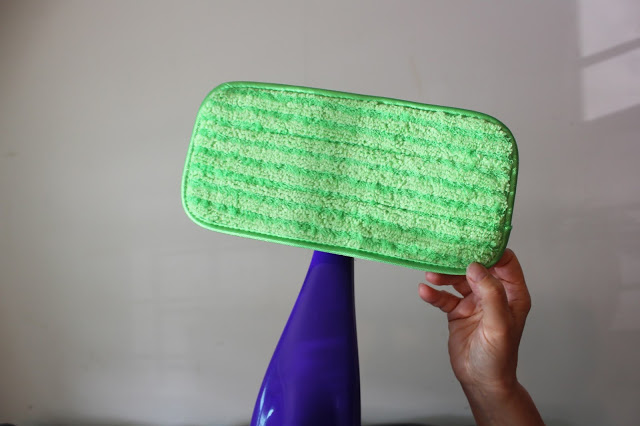


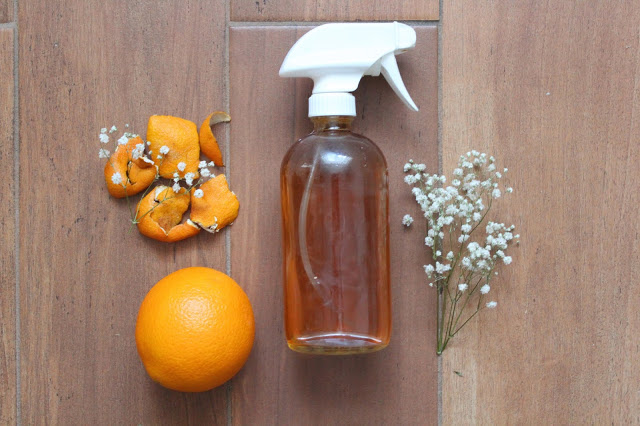


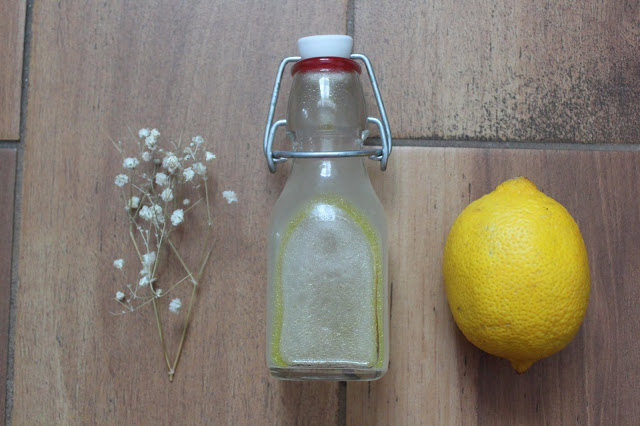

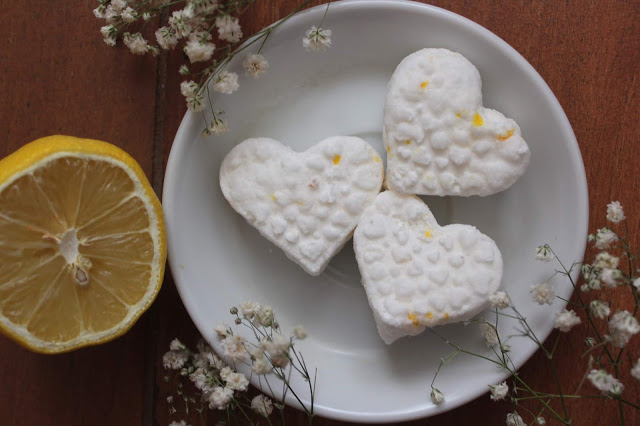
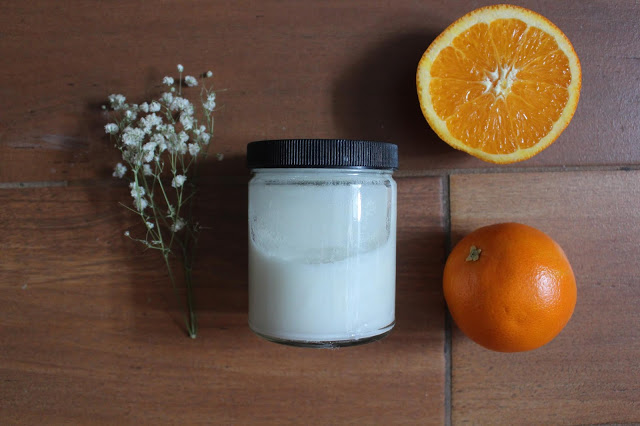

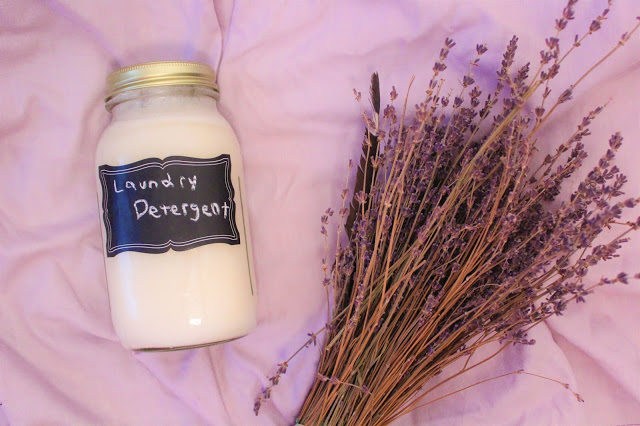


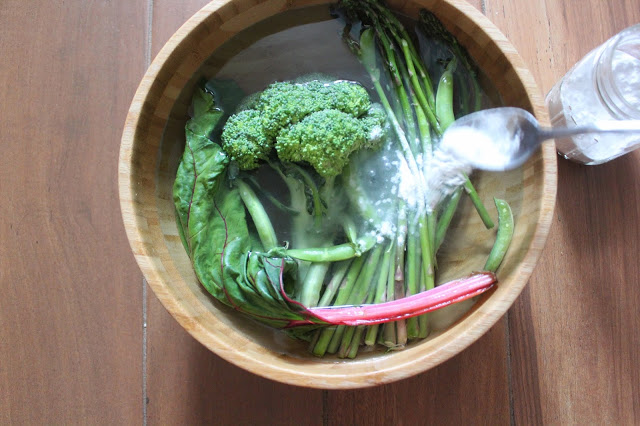

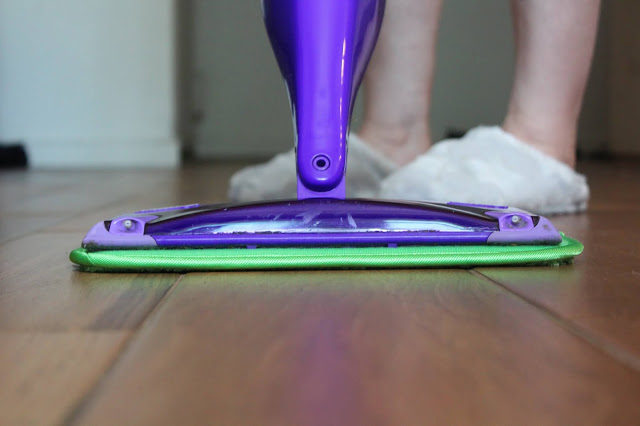
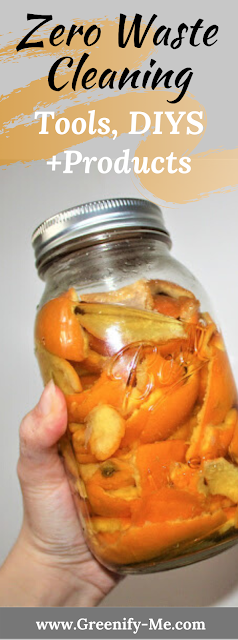
What an easy to use, comprehensive guide to zero-waste cleaning. This is so useful! I make DIY cleaners with vinegar, lemon, oranges, essential oils and I also use baking soda in my home. I am sharing this on social media.
I'm so happy you enjoyed it Deborah! 🙂 I love DIYs so much – affordable and so efficient. ^_^ What you use sounds amazing too – those really do make up the basics of zero waste cleaning honestly! You don't need many more ingredients. 😀 Thank you for sharing it!